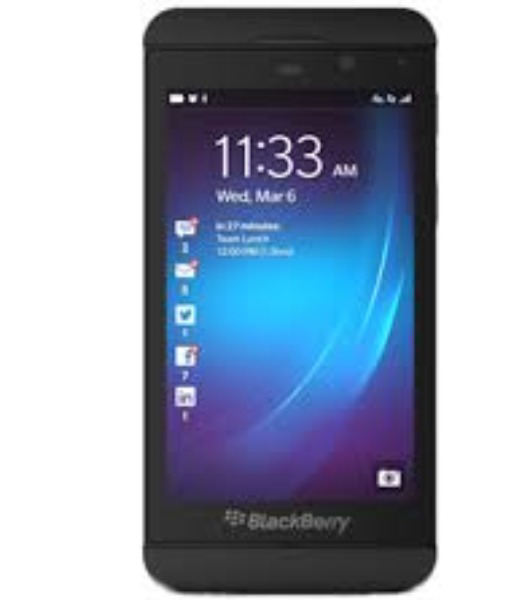


BlackBerry Z10 由 BlackBerry Limited 于 2013 年 10 月推出,是第一款运行 BlackBerry 10 OS 的设备,BlackBerry 10 OS 是一种基于 QNX 的作系统,旨在与 iOS 和 Android 竞争。发布时售价为 599 美元/499 英镑,配备 4.2 英寸 768 x 1280 IPS LCD、Snapdragon S4 Plus 芯片组、2GB RAM 和 1800 mAh 电池,面向具有全触摸屏体验的用户。它包括一个 8MP 后置摄像头和 16GB 存储空间,专注于手势和用于统一通信的 BlackBerry Hub。到 2025 年,Z10 已经过时,BlackBerry 10 服务将于 2022 年停止,没有 5G 支持,应用程序可用性有限。它作为黑莓首款触摸屏旗舰的历史意义吸引了收藏家,售价为 30 至 70 美元。
|
特征 |
黑莓Z10 |
|
发布日期 |
2013 年 1 月 |
|
显示 |
4.2 英寸 IPS LCD,768 x 1280,355 ppi |
|
处理器 |
高 通骁龙 S4 Plus MSM8960,1.5 GHz 双核 |
|
公羊 |
2 GB |
|
存储 |
16 GB,microSD 支持(最高 64GB) |
|
后置摄像头 |
8 MP(f/2.2、自动对焦、BSI 传感器)、LED 闪光灯、1080p 视频 |
|
前置摄像头 |
2 MP |
|
电池 |
1800 mAh,可拆卸 |
|
操作系统 |
黑莓 10(已停产) |
|
建 |
塑料机身,无IP等级 |
|
连接 |
4G LTE、Wi-Fi 5、蓝牙 4.0、NFC |
|
价格(启动) |
599 美元 / 499 英镑 |
To make a modern BlackBerry Z10 competitive in 2025, the following enhancements could address its shortcomings while preserving its touchscreen design:
The BlackBerry Z10 was a bold step for BlackBerry in 2013, introducing a full touchscreen design and BlackBerry 10 OS to compete with iOS and Android. Its 4.2-inch display, gesture-based navigation, and BlackBerry Hub were innovative, but its launch was marred by a poorly received marketing campaign, including a confusing Super Bowl ad, as noted in historical accounts. In 2025, the Z10 is obsolete, with BlackBerry 10 services discontinued in 2022, no 5G support, and a limited app ecosystem, rendering it non-functional for modern use. The small 1800 mAh battery and outdated hardware further diminish its utility. For collectors or BlackBerry enthusiasts, a used Z10 priced at $30-$70 on platforms like eBay might hold nostalgic value as a piece of tech history. For most users, however, modern mid-range phones like the Samsung Galaxy A55 or Google Pixel 8a offer vastly superior performance, 5G support, and long-term software updates, making them far more practical choices in 2025.
The overall rating is based on reviews by our experts
暂无评价
|
How Is the Design? |
|
|
How is the Display? |
|
|
How is the Camera? |
|
|
How are the Features? |
|
|
How is the Connectivity |
|
|
How is the Usability? |
|
|
How is the Performance? |
|
|
How is the Battery Life? |
暂无价格